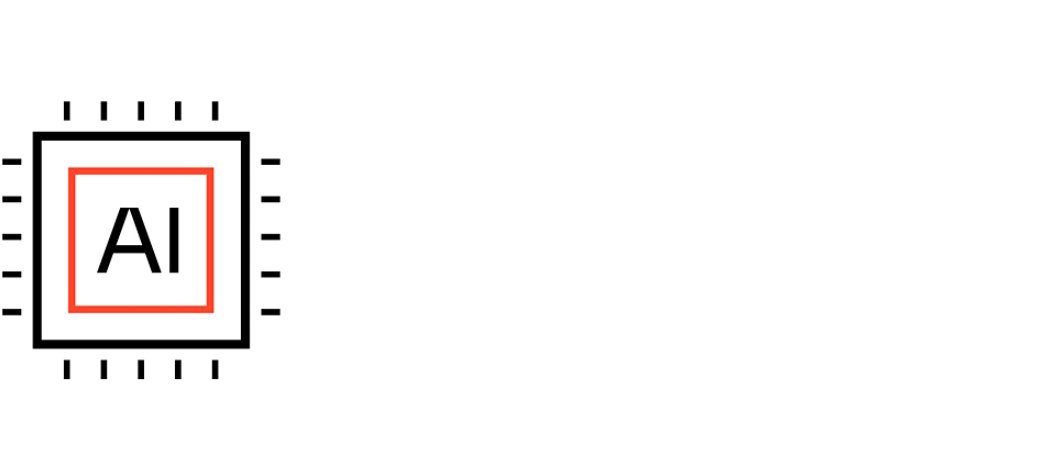
Mainframe application modernization at scale: The role of AI
By Sailaja Pramidi
By now, we know AI and generative AI can accelerate application modernization projects – whether by extracting business rules from legacy code, translating older programming languages into modern languages or by managing other tasks.
The challenge now is more often about scale.
What works well in systems with just a few thousand lines of code doesn’t always translate to enterprise-grade mainframe systems, composed of millions of lines of code across hundreds of applications.
So how to move forward with confidence, while also balancing cost, capabilities and tooling?
The cost of scale
In a previous role, I worked with a major manufacturer preparing for a large-scale modernization project. The plan: to migrate some 300-plus applications. But after months of planning and preparation, leadership was still staggered by the investment required to execute this effort at scale.
I know many of you will be familiar with this story: a modernization journey stalled by cost realities and scaling complexities.
So how can AI help to flip that script? Perhaps counter-intuitively, my advice is: start small to go big.
Take another customer, this one in the insurance industry. For decades, this company had run its policy administration system on its mainframe. Modernizing this system had been on the agenda for years but had been repeatedly shelved for the same reasons as above: the cost and complexities of scale.
As a result, no meaningful progress had been made and existing frustrations with the system – with its quirks and flaws – had deepened.

Think like a surgeon
When exploring how AI might help drive this team’s modernization effort, my first order of business was to determine what from their mainframe really needed to be modernized and why.
This is what I like to call ‘thinking like a surgeon.’
A skilled surgeon knows exactly where to operate to improve a patient’s health and works with precision to minimize potential negative impacts. The same principle applies to application modernization: Rather than attempting wholesale transformation, target the high-value areas that offer the greatest business value. Selective transformation is even more effective after an initial code conversion using traditional, tool-based methods to achieve scale. AI meanwhile can help identify and separate applications, enabling your team to selectively transform only those that deliver the highest value.
Through my dialogue with the team, a core issue quickly surfaced. Their actuarial process – the system used to assess policy risk and pricing – had become a bottleneck. It lacked flexibility and had long been a source of frustration for their development team, who had attempted to refactor it with limited success.
By focusing on this specific pain point, we were finally able to build a compelling, focused business case.
Once that first win is delivered, it will help create the momentum and trust needed to scale further.
Rather than attempting wholesale transformation, target the high-value areas that offer the greatest business value.
Use AI agents to bridge the skills gap
The mainframe skills gap has been growing for years.
When used responsibly and with precision, AI and generative AI can be formidable tools for closing that gap and fast-tracking modernization effort – provided they are deployed thoughtfully.
AI agents can be trained on organization-specific modernization approaches, enabling a smaller team – sometimes even a single developer – to drive progress that might previously have required a full team of specialists.
A caveat: the Kyndryl People Readiness Report found that while 95% of businesses leaders report their organizations are implementing AI, 71% say their workforce is not yet fully prepared to use the tools effectively. Continuing education and upskilling for AI is therefore inextricable from an investment in mainframe modernization efforts.
In environments where knowledge of COBOL or PL/I is scarce, AI becomes a critical bridge, allowing your teams to operate more efficiently and effectively. AI can also shoulder much of the heavy lifting in modernization efforts, from boundary mapping to code decoupling.
But let’s be clear: AI should be thought of as a tool, not as a substitute for human expertise. Think of it as the surgeon’s scalpel. A scalpel is a precision tool, but one that still needs a surgeon to wield it and guide it. The same is true with AI. AI requires expert guidance and validation to ensure outcomes are accurate, scalable and sustainable.
Tech to tech: If you’re a technical expert navigating this with your business leaders...
Scale smarter with smart tooling
When it comes to choosing which AI capabilities should factor into your application modernization journey, what’s needed is a shift to AI-era thinking. This is not just about adopting the right AI tools, but about reimagining how these tools fit together to create a holistic modernization strategy.
Ask yourself, in other words: What needs to be in your specific surgical kit?
Here are potential use cases I see as high-impact examples of this new approach to tooling:

Applying Generative AI to understand the code, decompose it into functional domains and extract business rules in order to map it to business processes; optimize and rewrite; and generate test cases and test data – further amplifying your team’s existing capabilities and super-charging productivity.

Using AI agents to analyze change requests (CRs) for specific domains (i.e., identifying and categorizing all enhancements related to claims processing from Jira), transform and migrate data by mapping legacy data structures to modern schemas, deploy multiple AI agents for comprehensive test automation including test data generation and end-to-end validations.

Leveraging Agentic AI to orchestrate the transformation process by intelligently selecting and sequencing the right AI agents, whether to retrieve knowledge from legacy systems, tap into modern tech stacks or reason across both. These agents can intelligently manage the flow of tasks between different AI models, ensuring seamless integration and alignment of older and modern systems, helping the whole process deliver real value faster.
Get this technology “under your skin,” so your teams can move from tentative exploration to creative confidence. Because the organizations that succeed in this transformation won’t be the ones that waited for a perfect roadmap – they’ll be the ones that started, learned, and scaled with purpose.
Sailaja Pramidi is a Global Consult Partner at Kyndryl focused on core enterprise and mainframe modernization.


